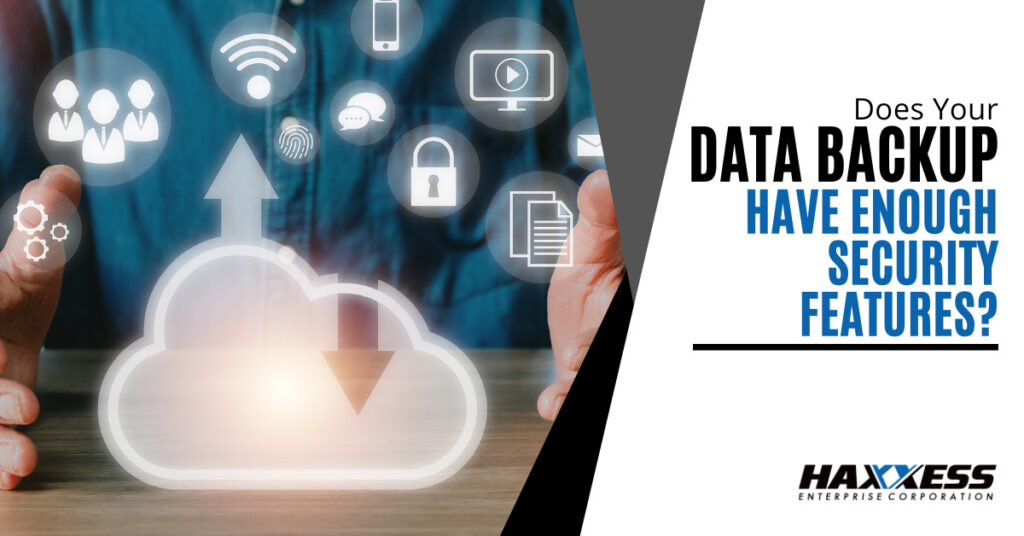
Data backup is no longer just about ensuring you don’t lose a file due to a hard drive crash, breach, or accidental deletion. Because of the continued rise in attacks such as ransomware, companies need to factor in data protection when backing up devices and cloud files.
In 2021, 85.7% of Canadian companies were impacted by successful cyberattacks. This figure is up from 78% the prior year. Data loss due to any circumstance can be costly, but when a data breach is involved, it can mean compliance and legal penalties on top of the other costs.
When choosing a data backup solution, data protection needs to be top of mind. Backups that are static and without proper safeguards, such as unencrypted removable media or basic cloud storage not designed for business continuity needs, are not enough to keep your organization’s data protected.
Some of the newer data loss threats that companies face that they didn’t 15-20 years ago include:
Prevention of Ransomware
Ninety-five percent of ransomware attacks target data backup systems. Any backup solution you use should have a ransomware prevention feature that can keep your data from being infected.
Use of a Zero Trust Framework
Zero trust is becoming the standard framework for cybersecurity strategies. It involves continually checking the validity of users and programs through a layered approach.
One common zero-trust tactic is multi-factor authentication (MFA), which requires a user to authenticate via a one-time passcode that is sent to a device in their possession. Another example would be application safelisting, where “safe” applications are input on a list and all other applications are blocked by default.
Any backup system you use should employ zero trust as a framework.
Advanced Threat Prevention & Detection (ATP)
ATP is a proactive solution that seeks out threats and generates a protection response as soon as they’re identified. This reduces the risk of a malware infection because a human administrator doesn’t need to read an alert email and then respond. Instead, the system does this for them and reports on the protective action taken.
Redundancy
You should have a backup system that can still replace your data even if one backup is lost due to a natural disaster, drive crash, or something else. Redundancy is a must with backups. Good systems will mirror all your backup data on another server, better yet if that server is physically located at a different data center.
Redundancy eliminates the “single point of failure” issue that can result in data loss if a server is damaged or infected. It’s a best practice for all backup solutions.
Backup for ALL Data (device & cloud)
Your backup solution should be able to back up ALL your data. This means backing up all your devices as well as your data stored in cloud platforms, such as Microsoft 365 and Google Workspace.
Data stored in places like Google Drive and OneDrive isn’t the same as having a backup. This data is live and can be edited by users. Even these companies recommend that you back up the data in their services with a third-party backup solution.
Monitoring & Event Reporting
If your backup system stops a ransomware threat, it should track that event and make you aware of it. It’s important for ongoing cybersecurity to know what threats may be trying to breach your backup system.
Having these types of events logged, as well as routine events such as the date and times of backups from each endpoint, is critical for compliance needs and any forensics that might be necessary should you experience a data breach.
Don’t leave your data at risk by assuming that your backup tool is properly safeguarding your files. Haxxess can help your Northern Ontario business with a review of your current system and let you know of any vulnerabilities.
Contact us today to schedule a free consultation! Call 705-222-8324 or reach out online.